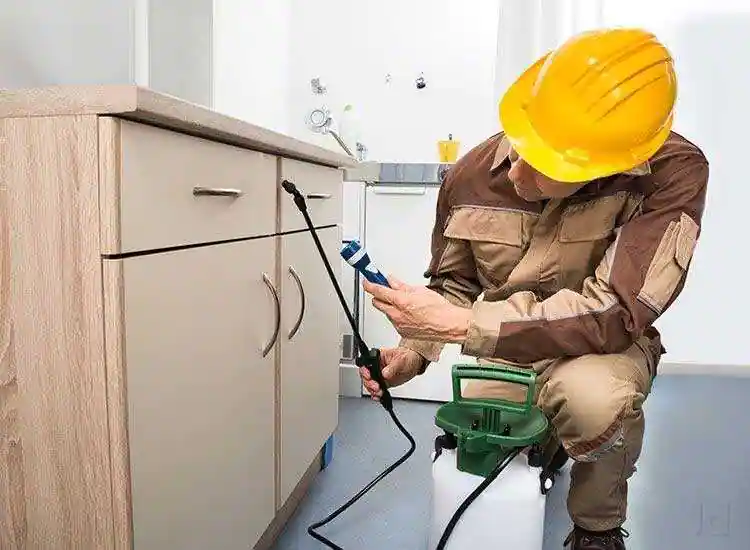Exploring Innovative Approaches to Safe Pest Control
Pest control has always been a crucial aspect of maintaining a safe and healthy environment. However, traditional methods of pest control, such as the use of chemical pesticides, have been found to have harmful effects on the environment and human health. This has led to an increasing demand for innovative and sustainable approaches to pest control.
One of the major concerns with traditional pest control methods is the use of chemical pesticides. These harmful chemicals not only kill pests but also harm beneficial insects, animals, and plant life. They can also contaminate soil and water sources, negatively affecting ecosystems.
As a result, there has been a rise in alternative approaches to pest control that focus on prevention rather than eradication. Integrated Pest Management (IPM) is one such approach that aims to manage pests using a combination of techniques such as biological control, crop rotation, and habitat modification.
Biological control involves using natural predators or parasites to reduce pests’ population levels. This method is often seen as more ecologically friendly than chemical pesticides since it does not harm non-target organisms or pollute the environment.
Similarly, crop rotation involves changing crops regularly so that pests do not become established in one area since different crops attract different Sydney types of insects. Crop rotation also helps maintain soil health by preventing nutrient depletion.
Habitat modification involves creating an environment that discourages pests from entering or breeding in an area. For example, sealing cracks in walls or roofs can prevent rodents from entering buildings while planting certain plants can repel insects through their natural scent production.
Another innovative approach gaining popularity is thermal heat treatment for pest control. This method uses high temperatures (above 122°F) to eliminate bed bugs without chemicals effectively. The heat penetrates into hard-to-reach areas where bed bugs hide deep inside furniture or wall cavities – ensuring complete elimination without leaving any toxic residue behind.
Besides these physical approaches to pest management are advancements in technology being used for monitoring and predicting pest populations. With the help of digital tools and data, farmers can precisely identify when and where to treat their crops, reducing unnecessary pesticide use.
Remote sensing, for example, uses satellite imagery to detect changes in vegetation patterns that indicate pest infestations. This method not only helps in early detection but also provides real-time information about the extent and location of infestations – allowing targeted treatment instead of blanket spraying.
Companies are also embracing the use of natural alternatives such as essential oils for pest control. Essential oils derived from plants like citronella, peppermint, or lavender have been found to be effective against a range of pests from ants to mosquitoes while being safe for humans and pets.
Innovative approaches are not limited to agriculture; they are making headway in urban areas too. For instance, rodent control companies now offer non-toxic methods such as ultrasonic devices that emit sound waves that rodents find irritating – keeping them away without causing harm.
In conclusion, traditional chemical pesticides remain a staple in pest control. However, innovative approaches such as IPM techniques like biological control and crop rotation along with advancements in technology provide sustainable solutions for managing pests without harming the environment or human health. The rise of natural alternatives is another step towards safe and eco-friendly pest control practices. As we explore new ways to manage pests across different industries continually, it’s essential to prioritize methods that work in harmony with nature rather than against it.

